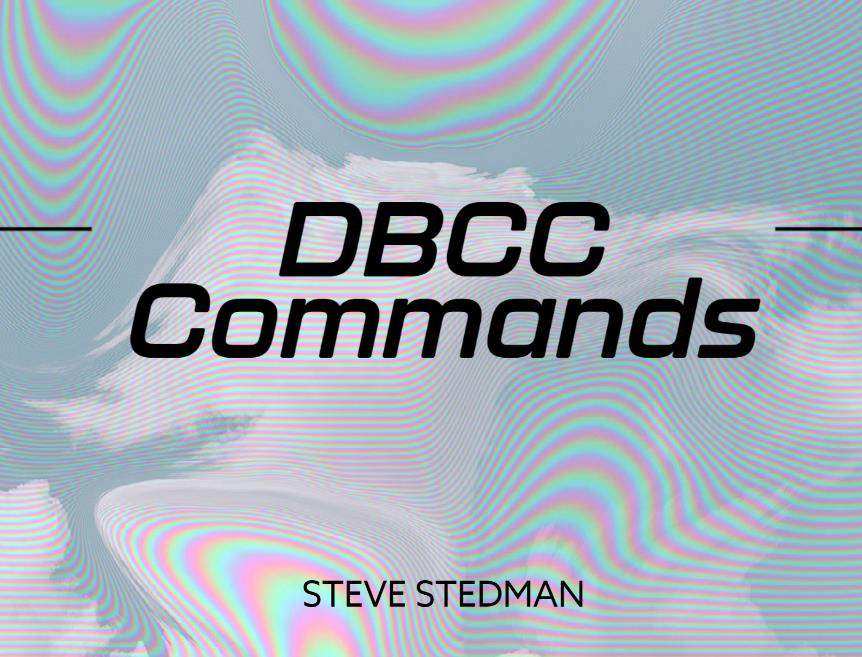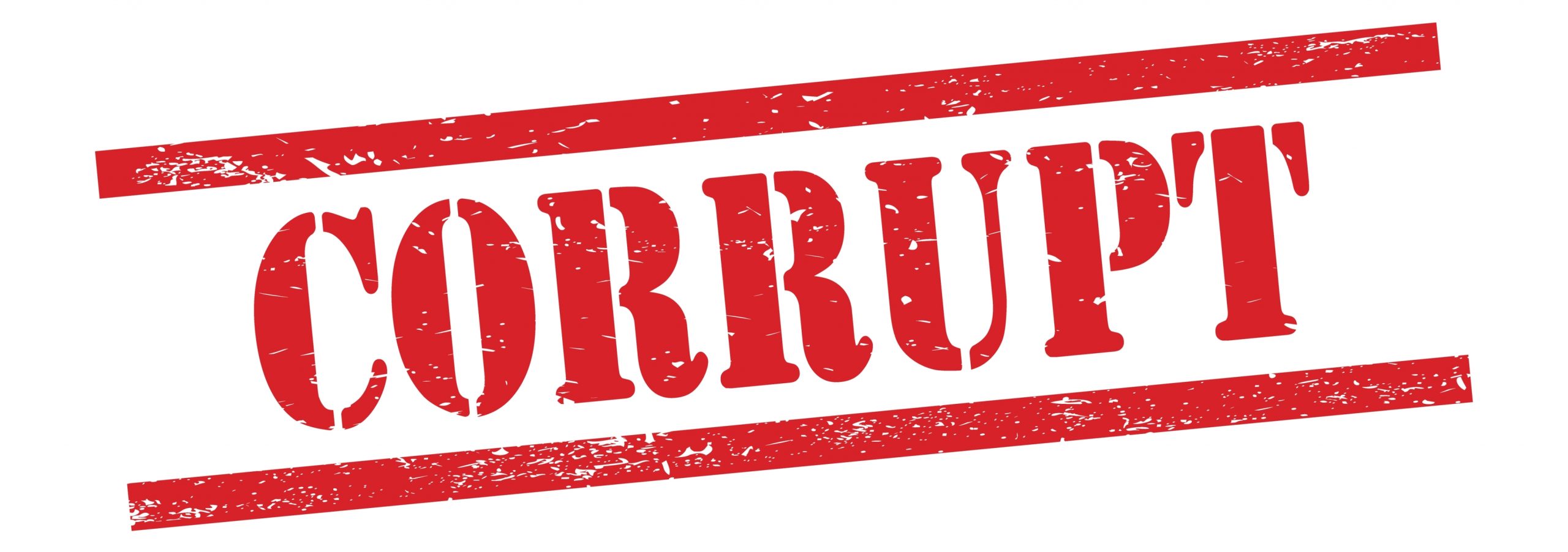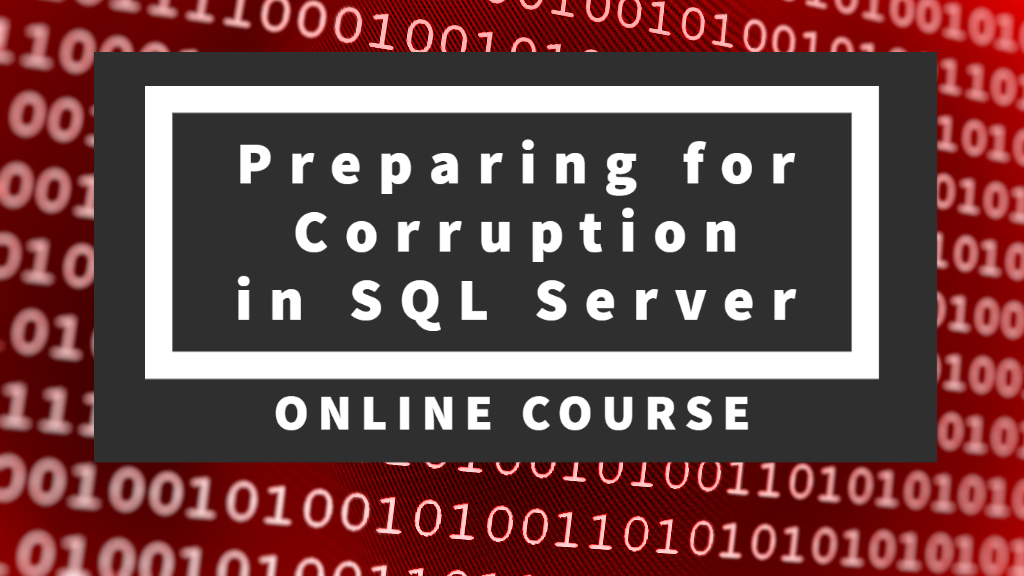SQL Server DBCC Commands: Shrinking Notes
This chapter refers to shrinking your database files (mdf, or ndf files), not shrinking the log file. The log file is a completely different conversation, however, shrink database does shrink the log file. Not shrinking your database is one of the more counter intuitive things out there. You might think that a smaller database is a good thing, however there …



